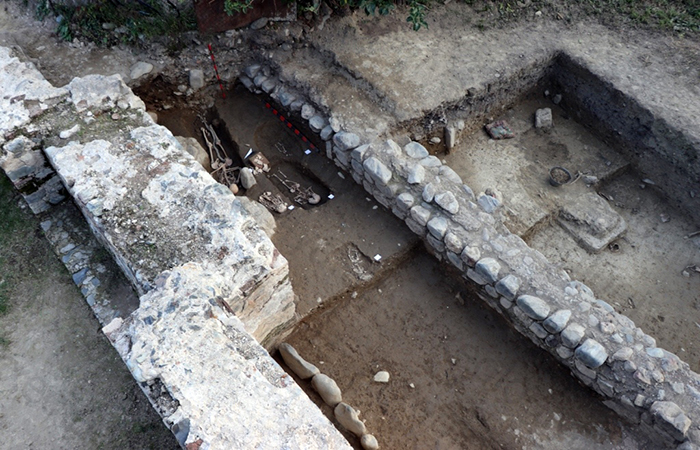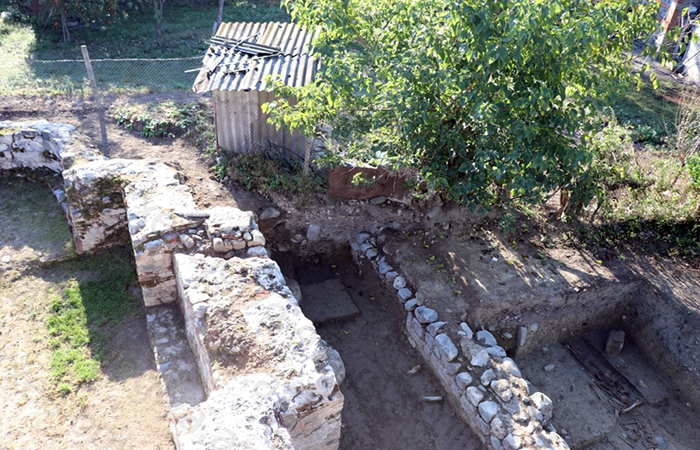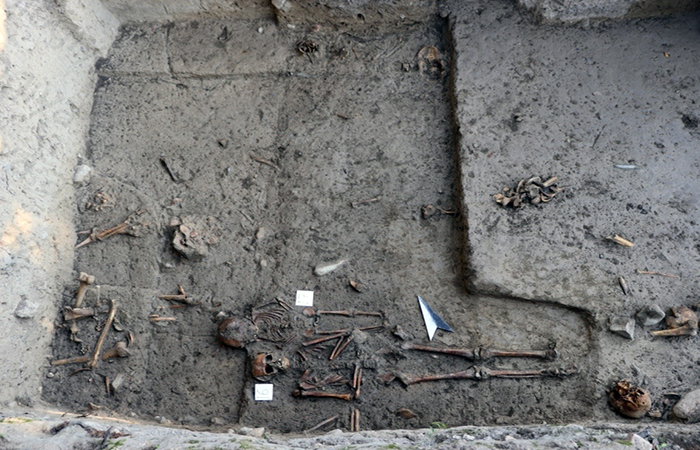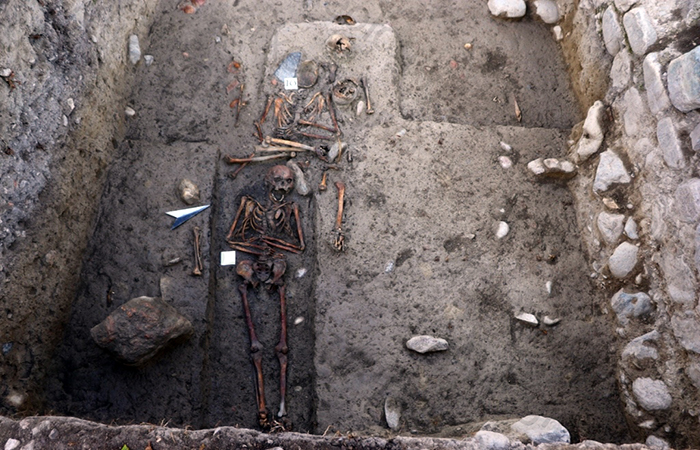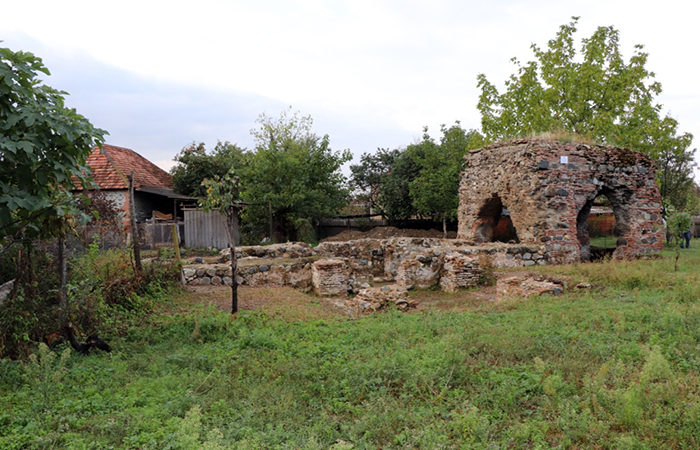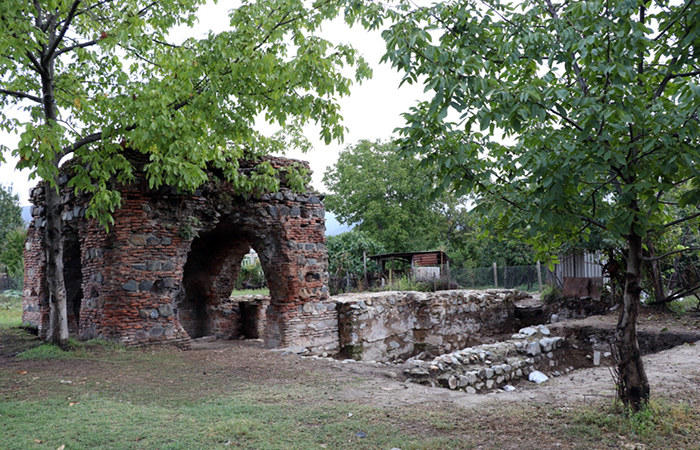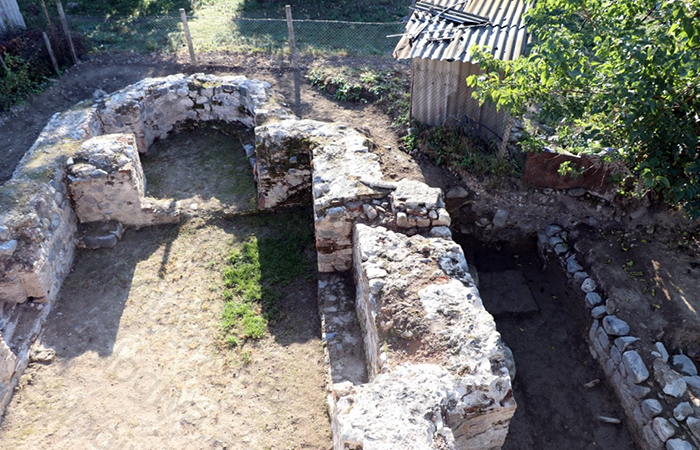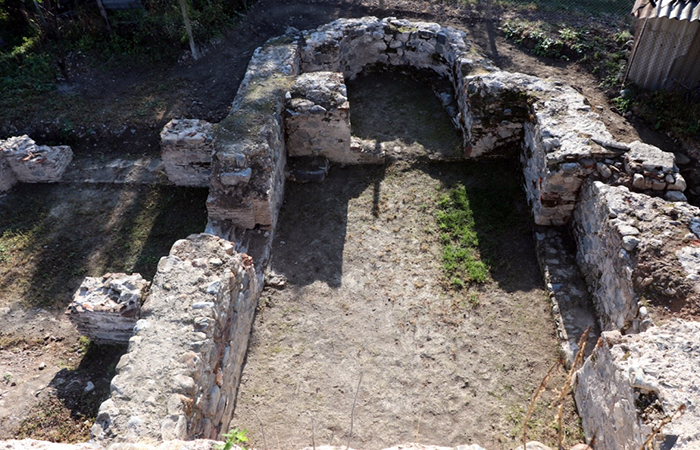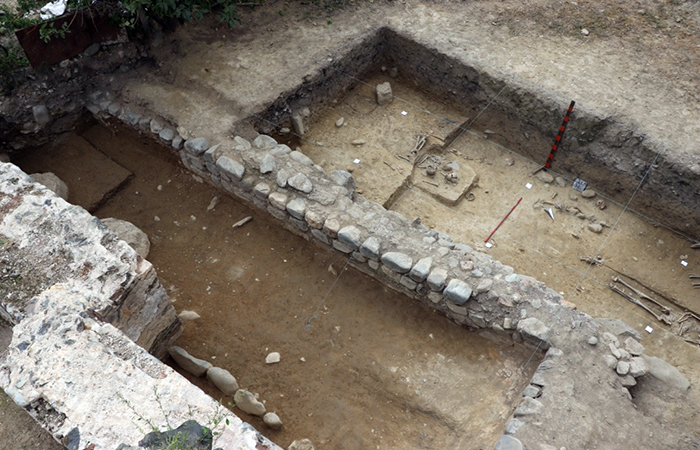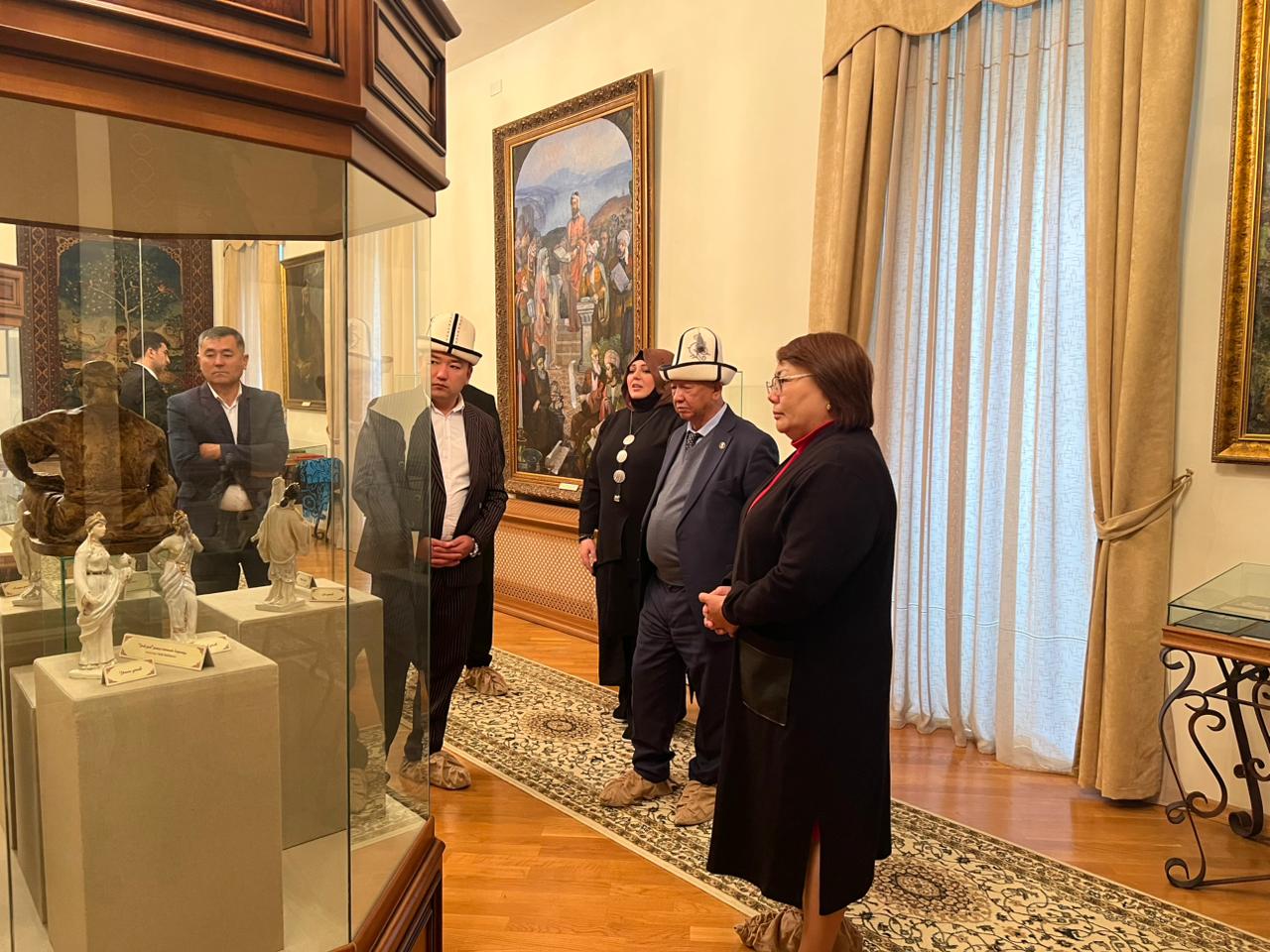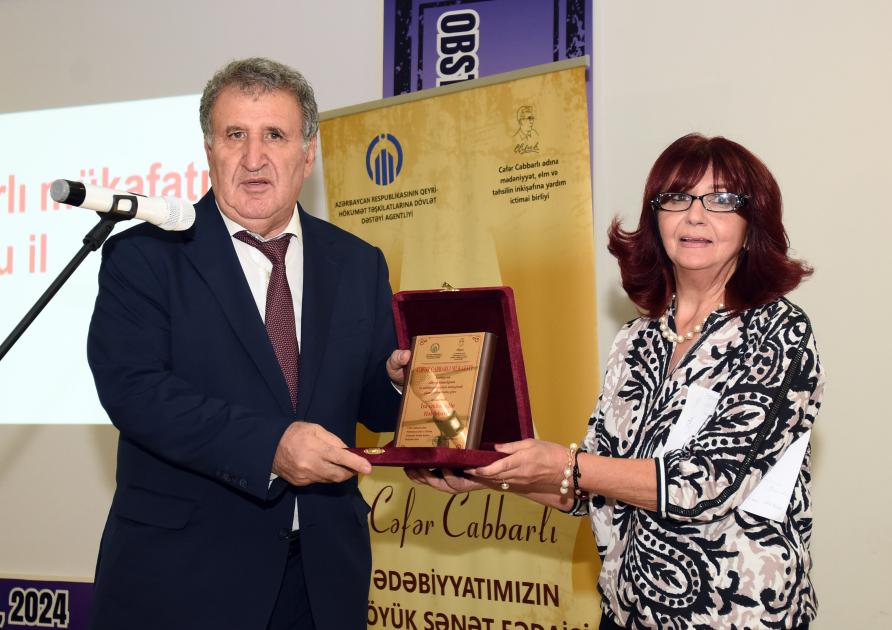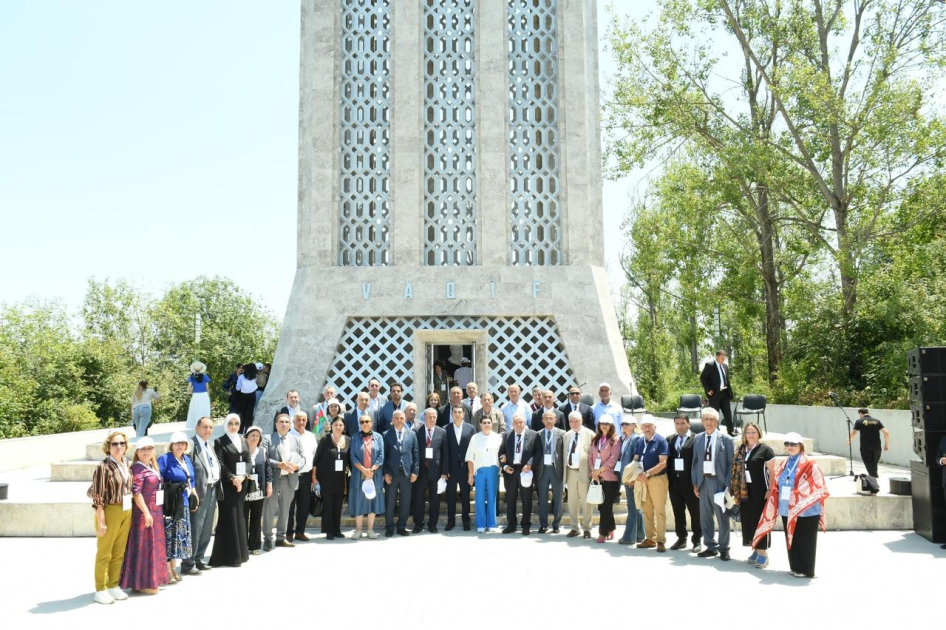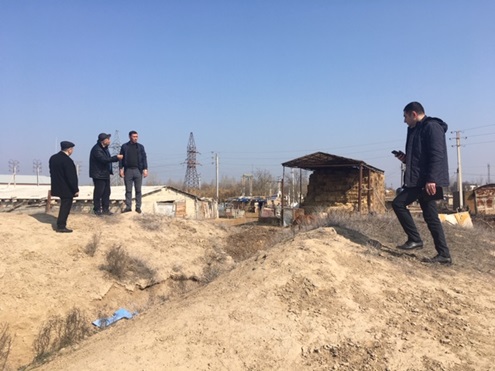23.10.2020 11:03
- A-
- A
- A+
The victories of our army will pave the way for the study of the monuments of Caucasian Albania
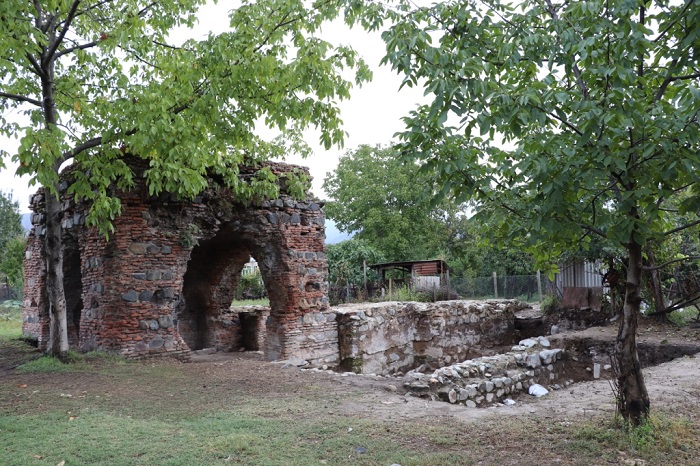
An expedition of archaeological study of Christian monuments of Caucasian Albania under the leadership of the leading researcher of the Department of Archeology of the Antique Period of the Institute of Archeology and Ethnography of ANAS, Ph.D. in History, Associate Professor Natig Alishov continued its research in the Balakan region.
The main object of the study was the first medieval Christian monument of Caucasian Albania in the village of Tulu. As a result of archaeological research, the three-hall church discovered in 2019 is 14.70 m long and 10.50 m wide. This year's research showed that one of the church's entrance doors was on the south wall.
In later historical periods, a one-hall church was built on the ancient remains of the church, the length of which, including the western entrance, ranges from 19 m to 5.70-12.30 m. The location of the entrance door of the one-hall church, which was originally located on the southern wall and was closed for unknown reasons.
From an architectural point of view, the three-hall monument on the ground floor characterizes the proximity of Christianity to Syria, and the monument on the top floor - to Byzantine architecture.
In the Christian burial tradition, the differences in the shape of the folding of the deceased's hands, the graves typical of the early Christian period, and the intensity of the burial process around the church are considered indicators of its long-term functioning.
Note that this monument, located on the Zagatala-Yevlakh-Tbilisi highway, has great tourism potential. For this reason, it is important to carry out restoration and conservation work on the monument.
©All rights are reserved. Citing to www.science.gov.az is necessary upon using news.
In later historical periods, a one-hall church was built on the ancient remains of the church, the length of which, including the western entrance, ranges from 19 m to 5.70-12.30 m. The location of the entrance door of the one-hall church, which was originally located on the southern wall and was closed for unknown reasons.
From an architectural point of view, the three-hall monument on the ground floor characterizes the proximity of Christianity to Syria, and the monument on the top floor - to Byzantine architecture.
In the Christian burial tradition, the differences in the shape of the folding of the deceased's hands, the graves typical of the early Christian period, and the intensity of the burial process around the church are considered indicators of its long-term functioning.
Note that this monument, located on the Zagatala-Yevlakh-Tbilisi highway, has great tourism potential. For this reason, it is important to carry out restoration and conservation work on the monument.
©All rights are reserved. Citing to www.science.gov.az is necessary upon using news.
Similar News
Links
LAST NEWS


 Elm TV
Elm TV
 Photo
Photo
 Video
Video
